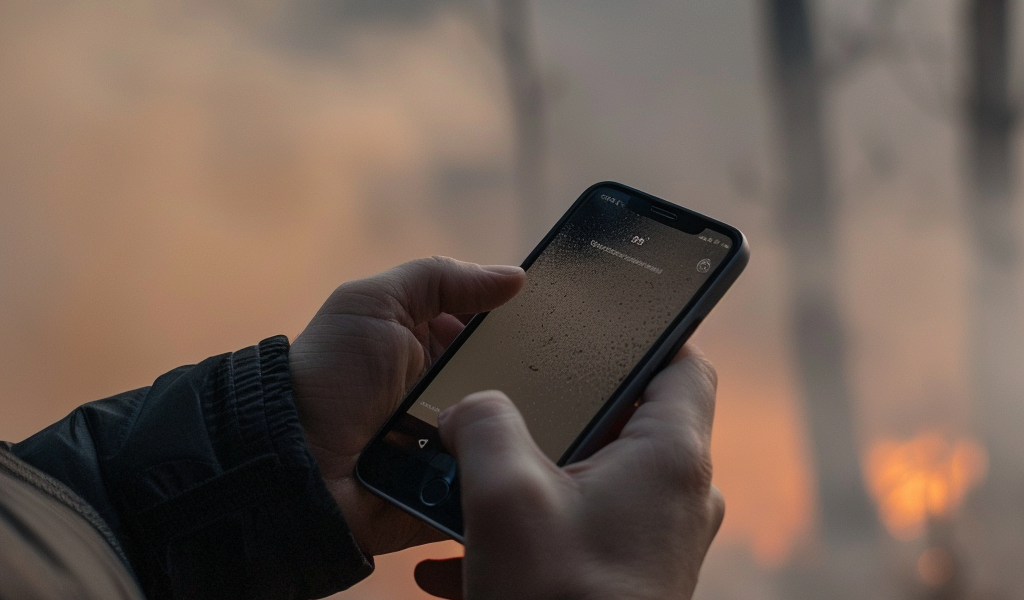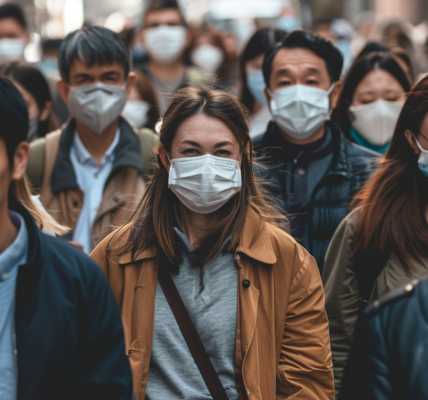The U.S. wildfire season is becoming longer and more intense, leading to record-breaking levels of smoke exposure. As we enter the summer months, concerns about air quality and ozone levels are on the rise. With the help of smartphones and local weather forecasts, individuals can easily monitor air quality to make informed decisions for their safety.
Dr. Tracey Holloway, a professor specializing in energy analysis and policy at the University of Wisconsin in Madison, sheds light on the impact of air pollutants on health. Dr. Holloway and her team at NASA work to make satellite data more accessible for decision-making regarding air quality and public health.
The federal government employs the Air Quality Index (AQI) to measure air quality, with color codes indicating the level of risk. Green signifies good air quality, yellow suggests moderate quality, orange is unhealthy for sensitive groups, and red indicates unhealthy conditions. Purple or maroon signals extremely hazardous air quality.
In southeast Texas, air quality is often affected by ozone, wildfire smoke, industrial emissions, and Saharan dust. Dr. Holloway explains that various chemicals in the air can have different impacts on health, particularly on respiratory health such as asthma. Prolonged exposure to air pollution is linked to respiratory diseases, cardiovascular issues, adverse birth outcomes, and other health concerns.
Dr. Holloway emphasizes that cleaner air translates to better overall health outcomes. During days of poor air quality, individuals are advised to remain indoors. Air filtration systems can assist in purifying indoor air, providing a safer environment for residents.
Stay informed about air quality updates by following Briana Conner on social media platforms. Let’s prioritize our health by being mindful of air quality and taking necessary precautions for a healthier living environment.





